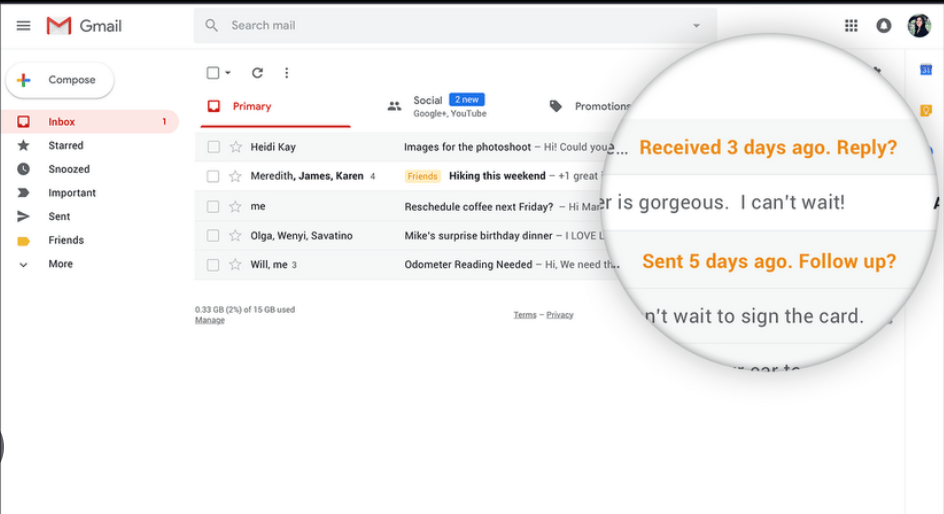Isn’t Ghosted usually sent on Friday?
It is. And no, you didn’t miss anything.
The truth is — this week I’ve been hunting for an apartment in a new city, juggling moving plans, and it’s been… a lot. By Friday, I just couldn’t get myself to write.
So here we are on Sunday instead. But I promise, there’s a deeper thought behind it!
It feels a little strange to see this issue show up off-schedule, right? That’s the point.
That “off” feeling? Your users get it too.
They come in expecting one thing — the layout, the flow, the timing. Then something doesn’t match. A button isn’t where they thought. A feature doesn’t behave the way they pictured. The free trial ends sooner (or later!) than they assumed.
Their brain does the same thing yours did when Ghosted landed on a Sunday: it sends up a flare. Wait — that’s not what I thought was going to happen.
Prediction Error
It’s the gap between what you expect and what actually happens. And we usually talk about it in a negative context but as any other cognitive patter it can be used for good as well.
Your brain is constantly running forecasts in the background — this click will open that page, this button will take me forward, the newsletter will land on Friday.
When the forecast is wrong, even in a small way, the brain jolts awake. Sometimes that jolt feels exciting (a surprise reward in Duolingo). Other times it feels frustrating (when Netflix autoplay launches something you didn’t want).
Either way, prediction error is why those moments stick. It makes us pay attention instead of running on an autopilot.

How we are making it worse by trying to make it better
Most teams treat prediction error like a bug to squash.
So they iron out every surprise. Make flows hyper-predictable. Remove anything that could trip expectation.
But here’s the trap: when you flatten every bump, you also kill the spark. No friction, no surprise, no reason to pay attention.
The real mistake isn’t prediction error itself — it’s ignoring when it helps and when it hurts. Products often blindfold themselves to both sides, chasing “smooth” at the cost of memorable.
Here’s a move you can steal from Google (yes, who knew) to make it right
You don’t really expect your inbox to talk back to you, do you?
But that’s exactly what Gmail does.
With Nudges, Gmail quietly pulls old messages back to the top of your inbox with a yellow label — “Received 3 days ago. Reply?” or “Sent 5 days ago. Follow up?”
It’s not what you expect to see. Your mental model says: newest emails sit at the top, old ones stay buried. When Gmail breaks that rule, it creates a prediction error — your brain flags the mismatch, and suddenly you’re paying attention to something you would’ve ignored.
That tiny disruption works. It drives more replies and follow-ups, directly lifting Gmail’s activation metric: users engaging with their inbox instead of letting threads die.

3 steps to break this pattern next week
Add surprise where attention matters.
Slip in an unexpected element — a prompt, a color change, a line of copy — right where you need users to pause.Don’t overdo it.
Break expectations sparingly. Too much disruption turns into confusion, not delight.Make the mismatch useful.
Like Gmail’s nudges, design the surprise so it points users back to the action that drives value: replies, upgrades, checkouts.

If you forget everything, remember this:
Prediction error isn’t noise. It’s a spotlight. Use it to pull attention exactly where you need it.

